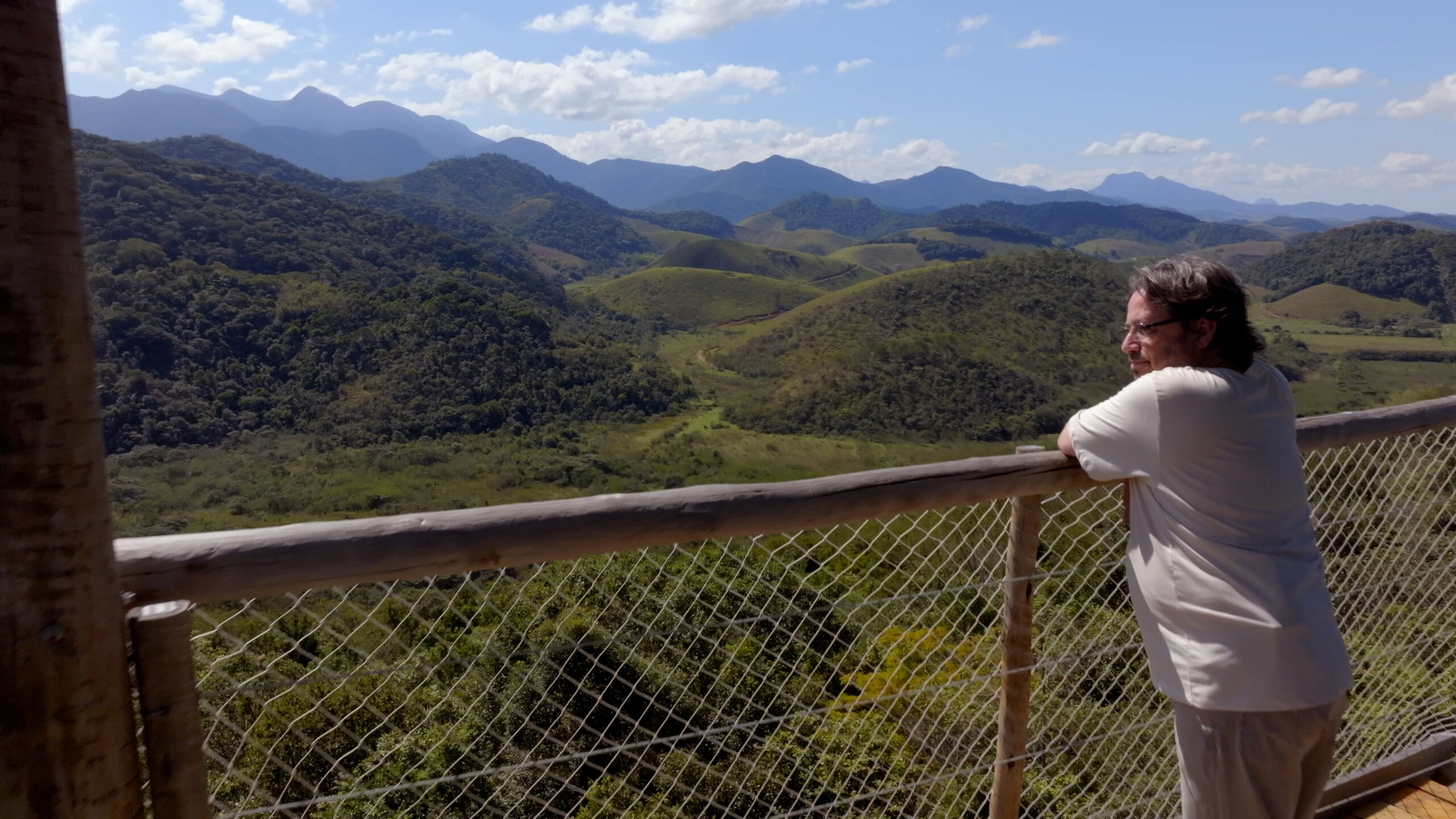Wildlife corridors are nature’s thoroughfares — routes that animals use to get from Point A to Point B. They are essential to conservation because many animals do not simply stay in the same spot for their entire lives. Instead, they migrate, moving seasonally to access food, water, and breeding habitat. Animals all over the world migrate. Birds fly south toward warmer climates in the winter, wildebeest follow the rains in the Serengeti, and salmon swim up rivers to spawn in the spring.
Increasingly, their routes are blocked by human-made obstacles like highways, cities, and dams. That’s where wildlife corridors come in. Wildlife corridors seek to connect as much land and water as possible along migratory routes to give animals the freedom to roam and maintain healthy, genetically diverse populations.
Some corridor projects are huge, like the Yellowstone to Yukon initiative that seeks to protect a corridor for wide-roaming species like grizzly bears and wolves from Wyoming all the way to Alaska. Others are more modest, like the Maya Forest Corridor in Belize. This is a six-mile stretch of forest that connects two larger protected areas, helping jaguars, tapirs, and other animals move between them. Corridors also include smaller wildlife crossings that help animals traverse highways and roads.
Wildlife corridors are an essential part of a comprehensive conservation strategy, providing a path for wide-roaming species as they navigate a landscape of obstacles.
